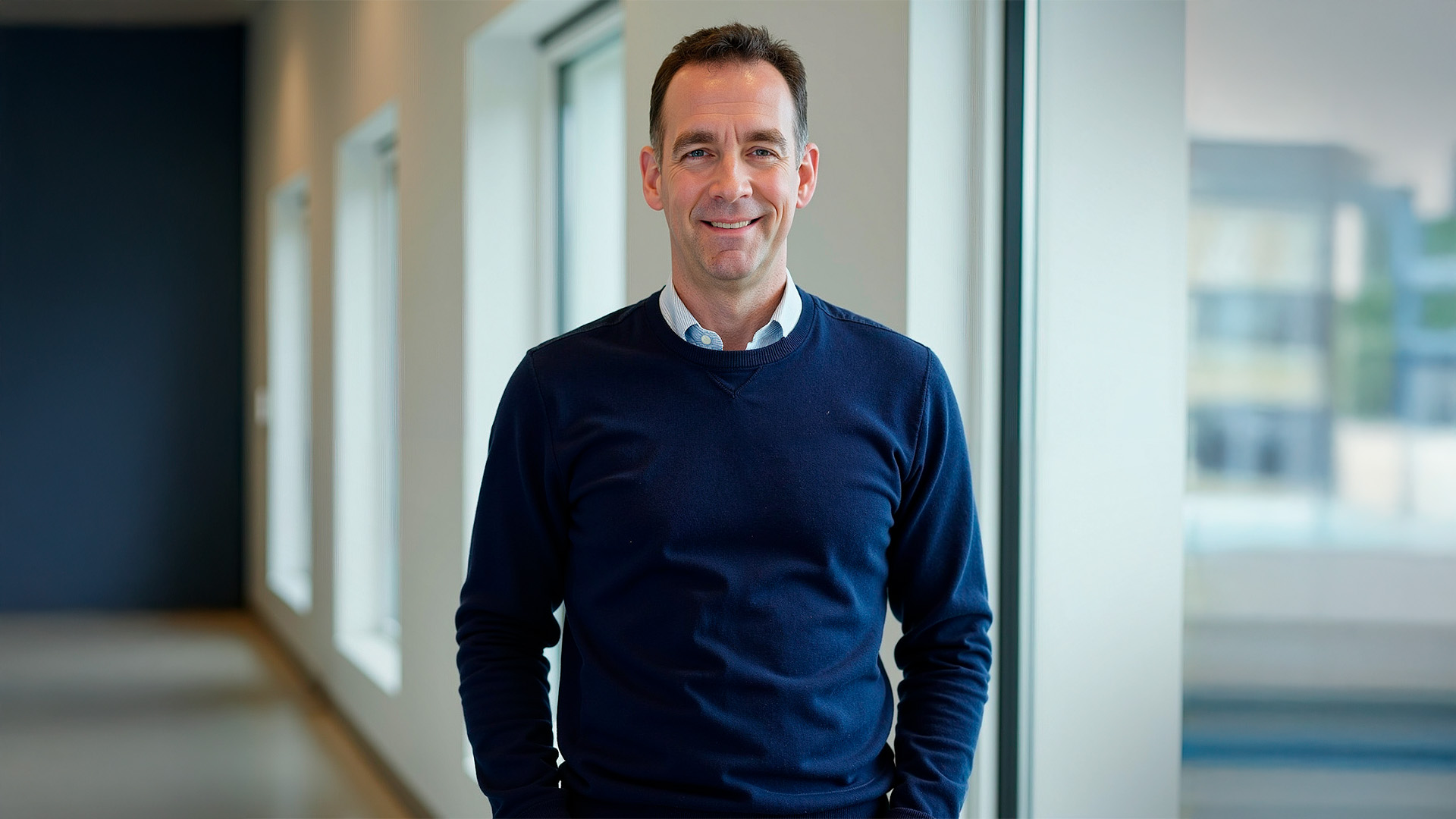Insurance underwriting has always been about managing uncertainty, but the industry stands at a crossroads where traditional methods meet transformative technology. Douglas Robare brings three decades of international corporate risk underwriting experience to this conversation, offering insights that challenge how the industry approaches artificial intelligence. His perspective cuts through the hype to reveal why treating AI as just another tech tool misses its true potential.
The Complacency Problem – Ignoring AI’s Strategic Role
Robare has seen enough market cycles to know when the industry is sleepwalking into trouble. After nearly 30 years of underwriting international corporate risk, he’s watching his peers make the same mistake over and over. “Right now, too many in our industry are treating AI as a tech upgrade, a shiny tool, a pilot project. And that’s a mistake,” he says.
The problem isn’t that people don’t understand AI. It’s that they’re not seeing what it really represents. Most companies are running AI as if it’s some fancy calculator or digital assistant. But Robare sees something completely different happening. “AI isn’t just a digital assistant and it’s not just about automation. AI is a capital strategy,” he explains. That changes everything about how you should be thinking about this technology.
Rethinking Risk with Real-Time Signals
The old days of underwriting tell a familiar story. He remembers when deals got done based on handshakes and reputation. “Underwriting used to be run on memory, gut, the reputations built in the back rooms of syndicates and company markets,” he recalls. You priced risk based on what you’d seen before, maybe mixed with some wishful thinking about what wouldn’t happen again. But AI doesn’t play by those rules. “AI doesn’t care about tradition or relationships. It sees patterns that we miss and extracts insights from metadata that we can’t even perceive,” Robare points out. The technology finds things humans miss completely. It’s processing signals in real time, connecting dots that would take years of experience to spot. Here’s what makes the difference: “It tells us not just what happened, but what is probable, where, and more importantly, why. That’s not just more insight, that’s earned confidence, the kind that supports meaningful capacity decisions,” he explains. When you know why something is happening, you can make better bets about what comes next.
Proving Performance to Capital Providers
Robare has spent enough time talking to capital providers to know what they really want. “Carriers, syndicates, reinsurers, and investors don’t want stories, they want clarity,” he says. The old way of building trust through relationships still matters, but it’s not enough anymore. This is where AI becomes a game changer. “AI gives us precision in how we select risks, geographies, allocated limits, structured reinsurance and steering of our portfolios,” Robare explains. That precision shows up in your numbers, but more importantly, it shows up in your explanations. “We don’t just improve loss ratios, we’re proving why they stay low. That changes the conversation.” Enhanced data leads to stronger capital relationships. “When you understand risk better, you deserve superior capital, smarter capital, stickier capital, scalable capital,” he argues. It’s not just about getting money. It’s about getting the right kind of money from people who understand what you’re doing.
Predicting Impact Before It Hits
Governance gets interesting when things go wrong. Robare knows that’s when you find out if your strategy actually works. “The real test of underwriting strategy isn’t how it performs in the quiet. It’s how fast it sees the storms come in,” he observes. Traditional governance works fine until it doesn’t. You get reports, hold meetings, make decisions based on information that’s already old. AI flips that around completely. “AI flags silent aggregations. It simulates market shocks when they happen. It shows you not just what’s on the books, but how it behaves under pressure,” he explains. That changes every conversation you have with stakeholders. “Your reinsurers, your capital stack and your board conversations all get sharper,” Robare notes. Instead of explaining what happened last quarter, you’re talking about what might happen next quarter and why you’re ready for it.
He thinks the industry is missing the bigger picture about where markets are heading. “We’re not in a soft market or a hard market. We’re in a smart market,” he states. The companies that figure this out first are going to eat everyone else’s lunch. The writing is on the wall for companies that don’t adapt. “AI won’t replace underwriters, but underwriters who master AI will replace those who don’t,” Robare warns. This isn’t about learning new software. It’s about completely rethinking how you approach risk.
Companies still operating as they did in 2020 are in trouble. “If we’re still underwriting as we did in 2020, we’re not just behind, we’re exposed,” he points out. The market is moving faster than most people realize, and the penalty for being slow is getting bigger every day. The choice is simple: adapt or get left behind. Robare’s message cuts through all the complexity: master AI now, or watch someone else take your business.
Follow Douglas Robare on LinkedIn for more perspectives on the intersection of AI, underwriting, and strategic capital decisions.








